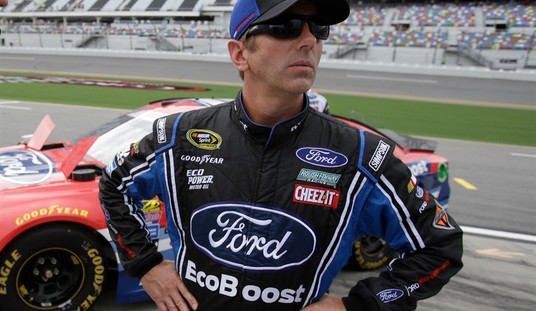One of the most highly anticipated films of the year premieres November 29 at the Vatican, just under a month before it debuts in limited release worldwide. Martin Scorsese’s adaptation of Silence, the most famous and well-respected novels by Japanese writer (and Christian) Shusaku Endo, tells the true story of the persecution of Japanese Christians and the missionaries who converted them in the 17th century.
Though 2016 seems like the most momentous time to release this film—this year is the 50th anniversary of the novel’s publication as well as the 20th anniversary of Endo’s death—this project has been on Scorsese’s mind since the 1980s.
In Silence, Father Cristóvão Ferreira (Liam Neeson), a Portuguese Jesuit priest and missionary, has renounced Christ and his Catholic faith under pressure from the shogunate. Two young priests, played by Andrew Garfield and Adam Driver, ask permission to go to Japan to find Ferreira and figure out what went wrong with their mentor. There, the two earnest young men discover the horrors the Christian converts face. They witness Christians, who refused apostasy, affixed to crosses by the ocean, slowly drowning as the tide rises over them. They encounter the brutal Japanese torture of anazuri, where converts slowly bled to death as they hung upside down over a pit.
The two priests also encounter the Kakure Kirishitan, believers who practice their Christian faith in secret, often hiding it behind the vestiges of Buddhism and developing their own odd theology. The men discover the pressures that dogged Ferreira and struggle with their own faith along the way, attempting to decipher what it means when God seems silent.
The themes of faith and doubt that Shusaku Endo raises in his novel Silence have inspired artists for years. Japanese director Masahiro Shinoda made a film version of the novel in 1971; sadly, I haven’t been able to find it in a format in which Americans can watch it (at least not legally). Earlier this year, visual artist and writer Makoto Fujimura explored these themes as they relate to Endo’s work in his book Silence and Beauty: Hidden Faith Born of Suffering. (I ordered Fujimura’s book but haven’t read it yet.)
And now Silence has come to fruition as the passion project Martin Scorsese has been dying to make for years. Earlier this year, he told Deadline:
As you get older, ideas go and come. Questions, answers, loss of the answer again and more questions, and this is what really interests me. Yes, the cinema and the people in my life and my family are most important, but ultimately as you get older, there’s got to be more. Much, much more. The very nature of secularism right now is really fascinating to me, but at the same time do you wipe away what could be more enriching in your life, which is an appreciation or some sort of search for that which is spiritual and transcends? That’s one of the reasons why I made the George Harrison documentary. Silence is just something that I’m drawn to in that way. It’s been an obsession, it has to be done… it’s a strong, wonderful true story, a thriller in a way, but it deals with those questions.
And as Matthew Becklo writes at Aleteia.org:
In an essay on the book, Scorsese describes it as a story about the “mystery” of faith as it relates to experiences of pain and unknowing. “Endo’s novel confronts the mystery of Christian faith, and by extension the mystery of faith itself,” Scorsese writes. “Rodrigues learns, one painful step at a time, that God’s love is more mysterious than he knows, that He leaves much more to the ways of men than we realize, and that He is always present … even in His silence.”
Silence is already generating Oscar buzz—in fact, producer Irwin Winkler has already gone on record calling it Scorsese’s best film. If a film like this can drive moviegoers to explore Shusaku Endo’s rich meditations on Christianity, suffering, and selflessness, it will be worth all the hard work and money Scorsese and his cast and crew went to in order to make the film, and if it can lead people to at least consider a relationship with Jesus—well, even better.










Join the conversation as a VIP Member